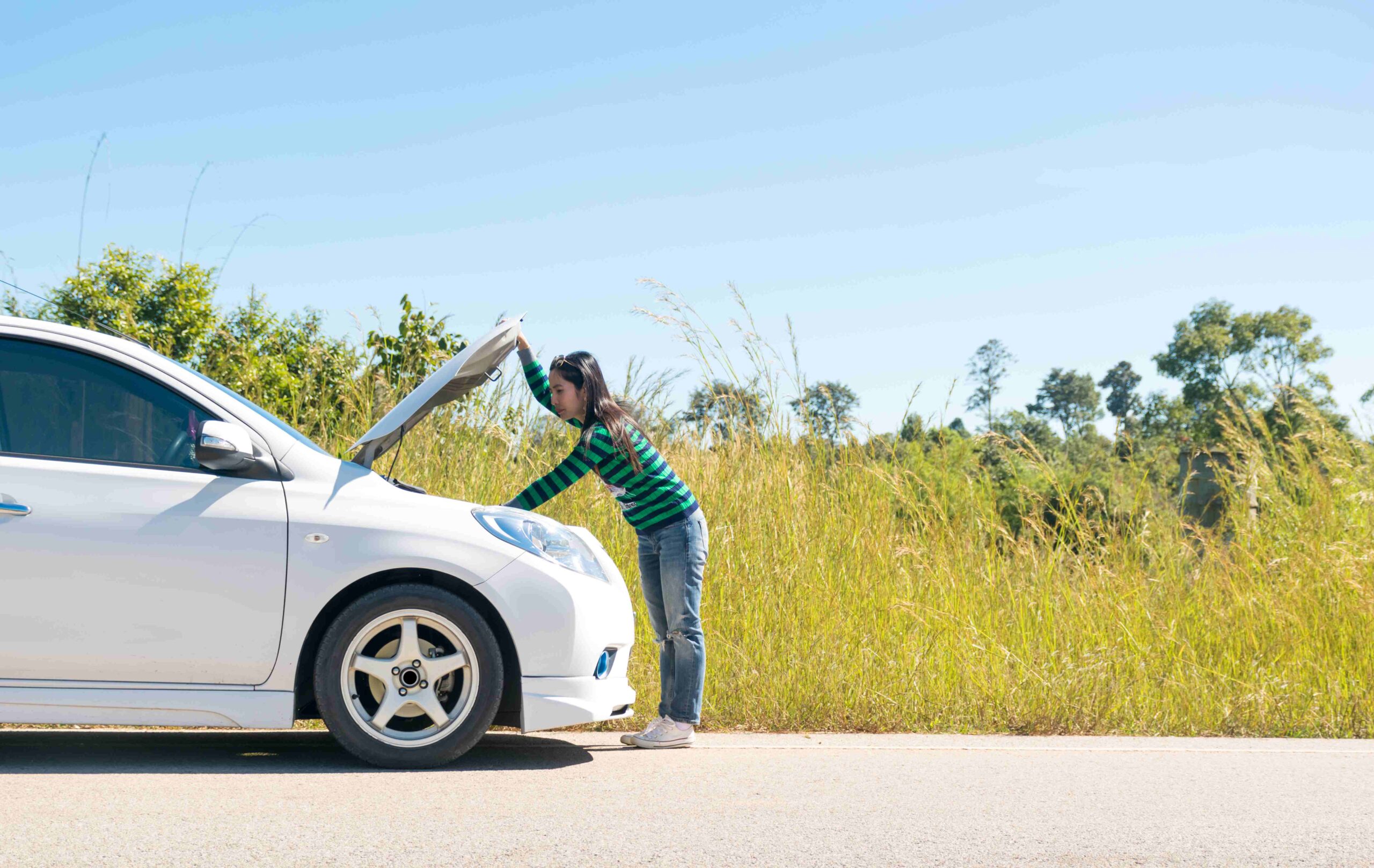Author: Ben Selwyn | Posted On: 21 Aug 2024
In a world where time and money are increasingly precious, vehicle reliability isn’t just a preference—it’s a necessity. Understanding how reliability varies across different factors like age and country of origin can empower consumers to make smarter, more informed choices. In this post, we dive into the latest data from the Fifth Quadrant Consumer Insights Research, looking at how reliability and repair costs vary across vehicle age and country of origin.
The Impact of Age
A fundamental truth is that newer vehicles are more reliable than their older counterparts. They are however not infallible.
Our data reveals that 39% of all vehicles have reported issues in the past 12 months. Newer models (purchased in the last five years) fare better, with only 31% encountering problems. While this statistic can be read as a positive or a negative, many of these are minor issues, telling us that manufacturers are typically delivering reliable products.
As these vehicles age, the likelihood of problems naturally increases, with models from 2010 or earlier recording a 50% issue rate—reflecting the natural wear and tear that comes with time.
Regardless of vehicle age, the vast majority of these issues have successfully been resolved, reminding us that we have access to a robust automotive spare parts and servicing industry.

Regional Reliability
A closer look at newer vehicles reveals however that not all regions deliver the same level of reliability—a fact that might surprise some consumers. Despite their premium positioning, European vehicles top the charts with a 53% issue rate, challenging the notion that a higher price tag guarantees fewer problems.
In general, vehicles from Asian manufacturers demonstrate better reliability. Chinese brands are in line with the overall average, with a 34% issue rate, but do still have ground to make up against Japanese (22%) and South Korean (12%) manufacturers. This reinforces Asian automakers‘ long-standing reputation for producing durable and dependable vehicles.

The Cost of Keeping Your Vehicle on the Road
Reliability is not just about how often a vehicle breaks down, but also about how much it costs to fix when it does. European vehicles, while offering luxury and advanced features, also come with the highest repair costs, averaging $1,620. American vehicles follow, with an average repair cost of $1,215.
Asian vehicles, particularly those from Japan, Korea, and China, prove to be more cost-effective to maintain, with an average repair cost of just $750. This underscores the need for consumers to factor in not just upfront cost, but also the potential repair and maintenance expenses over the vehicle’s lifetime when making a purchasing decision.

Navigating the Complexities of Vehicle Reliability
Understanding vehicle reliability isn’t just about comparing numbers—it’s about grasping the real-world impact of those statistics on your daily life. As our data shows, vehicle reliability is influenced by several key factors, including age, country of origin, and the inevitable costs associated with keeping a vehicle on the road. While newer models may offer fewer headaches, older vehicles can still deliver dependable performance with the right care and attention.
The regional differences in reliability and repair costs do however highlight the importance of considering all available information when making a purchase decision – remembering that sometimes consumer perceptions are not an accurate reflection of the actual owned experience. This is also important to consider for newer brands entering the market, as they need to work out the trust signals they can use to build confidence among prospective purchasers.
Subscribe to our monthly newsletter to gain a clearer view of the evolving automotive landscape.
Also remember that our b2b and consumer tracking research runs monthly. Click here to find out more, and feel free to get in touch if you’ve got questions that you’d like to answer.
Posted in Uncategorized, Auto & Mobility, B2B, QN

